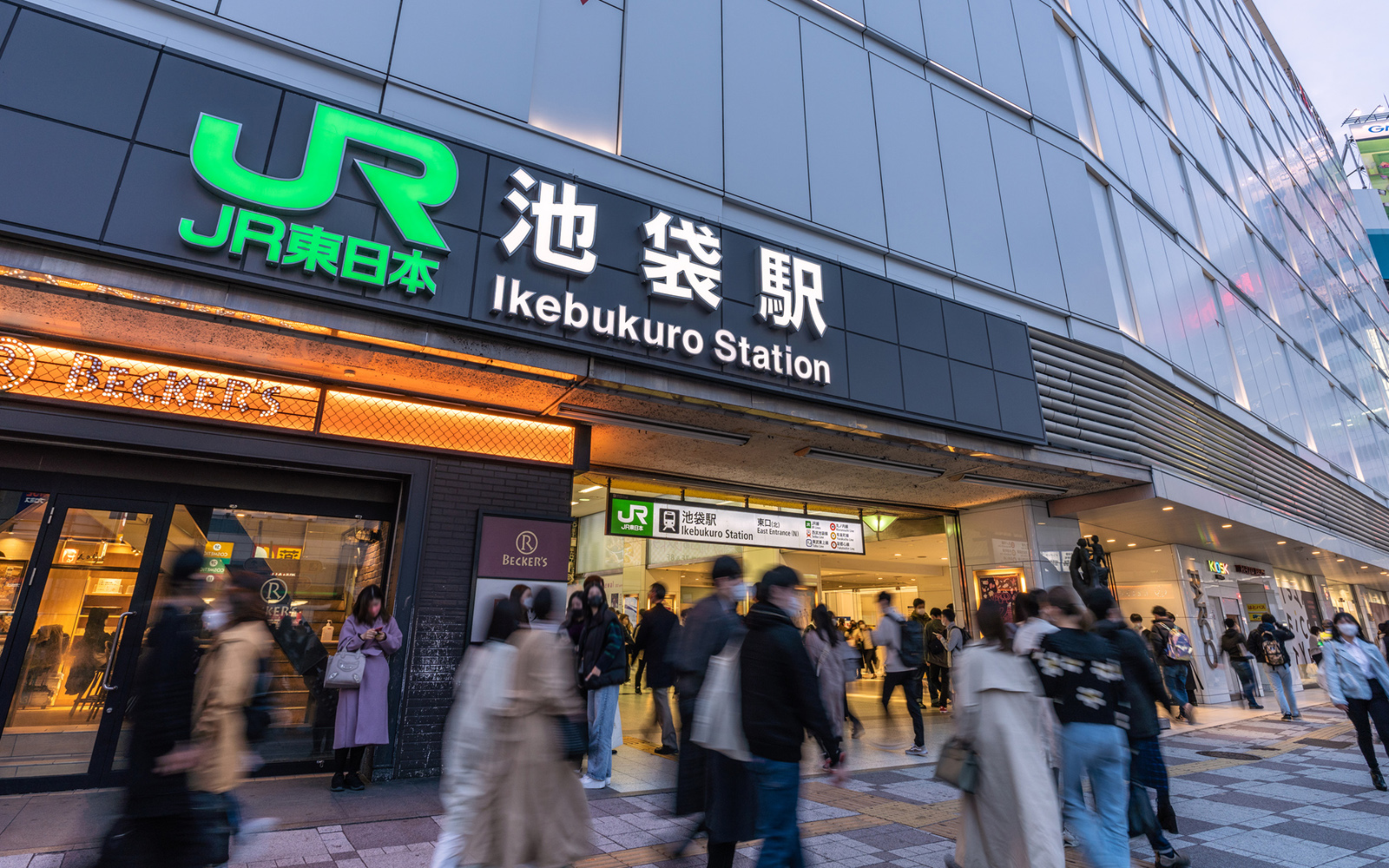Japan is famous for its first-class public railways. From ultra-fast Shinkansen (bullet trains) to reliable commuter rail services, Japan’s trains are celebrated for good reason. As the country’s capital, Tokyo is the hub of Japan’s vast rail network and is home to the largest and busiest train stations. What is the worst train station in Tokyo?
Most train stations in Japan are overcrowded. Seven of the ten busiest train stations in the world are among them. They are also notorious for their confusing layout. Winding corridors, interspersed with department stores, restaurants and shopping arcades, are typical of Tokyo’s train stations. Even locals can get lost in them. However, opinions differ as to which station in Tokyo is the worst. And even as to which train lines are best suited to living in Tokyo.
Read on to learn about five of the worst train stations in Tokyo and decide for yourself.
Shinjuku Station

Image: iStock/voyata
Whether it’s your first time here or you’ve been commuting for a long time, walking through the world’s busiest train station is an overwhelming experience. If you ask any Japanese or foreign traveler to describe it, they’ll probably compare Shinjuku Station to a labyrinth.
Shinjuku Station is home to eight department stores, over two hundred exits, twelve lines and thirty-five platforms. Add to that the seemingly endless construction work and you have a recipe for getting really lost.
Redevelopment is nearing completion, and plans for the improved Shinjuku Grand Terminal aim to make navigation much smoother. Unfortunately, the planned completion date is set for 2046, so Shinjuku Station will likely remain on this list for a few more decades.
- Passengers per day: 3.6 million
- Lines: 12
- Platforms: 35
Shibuya Station
Shibuya is another major station affected by construction. The result is constantly changing transfer routes between the station’s fragmented train lines, leading to increasing congestion and confusion. The entrances to the JR station are particularly crowded, and the narrow platforms mean that Shibuya is the least prepared of all the major stations on the Yamanote Line to handle demand.
Even more serious complaints come from parents with strollers, wheelchair users, and anyone else who cannot use Shibuya Station’s many stairs and escalators. The lack of elevators represents an unacceptable lack of accessibility for Tokyo’s second-busiest station.
The solution? Shibuya’s redesign is scheduled to be completed by the end of the decade, making the station one of the most attractive and user-friendly in Tokyo.
- Passengers per day: 3 million
- Lines: 9
- Platforms: 14
Ikebukuro Station

How long did it take you to find the exit? Image: PIXTA/ Ryuji
Tokyo’s third busiest station is a polarizing entry on this list. Some passengers appreciate the linear, grid-like layout. Compared to Shinjuku and Shibuya, the station is actually easy to get to. But critics say it’s hard to find your way around the station, and that’s the problem – getting out.
Ikebukuro has eight major exits, but it takes a long time to find the right one. It’s best to follow the signs at the station, as almost everything inside looks the same. Unfortunately, many signs don’t have exit numbers, so it’s easy to be lured into one of the station’s surrounding department stores if you’re not careful. Feel like some retail therapy?
- Passengers per day: 2.7 million
- Lines: 8
- Platforms: 26
Tokyo Station
Click here to read more.
- External link
-
https://gaijinpot.com/
© GaijinPot
